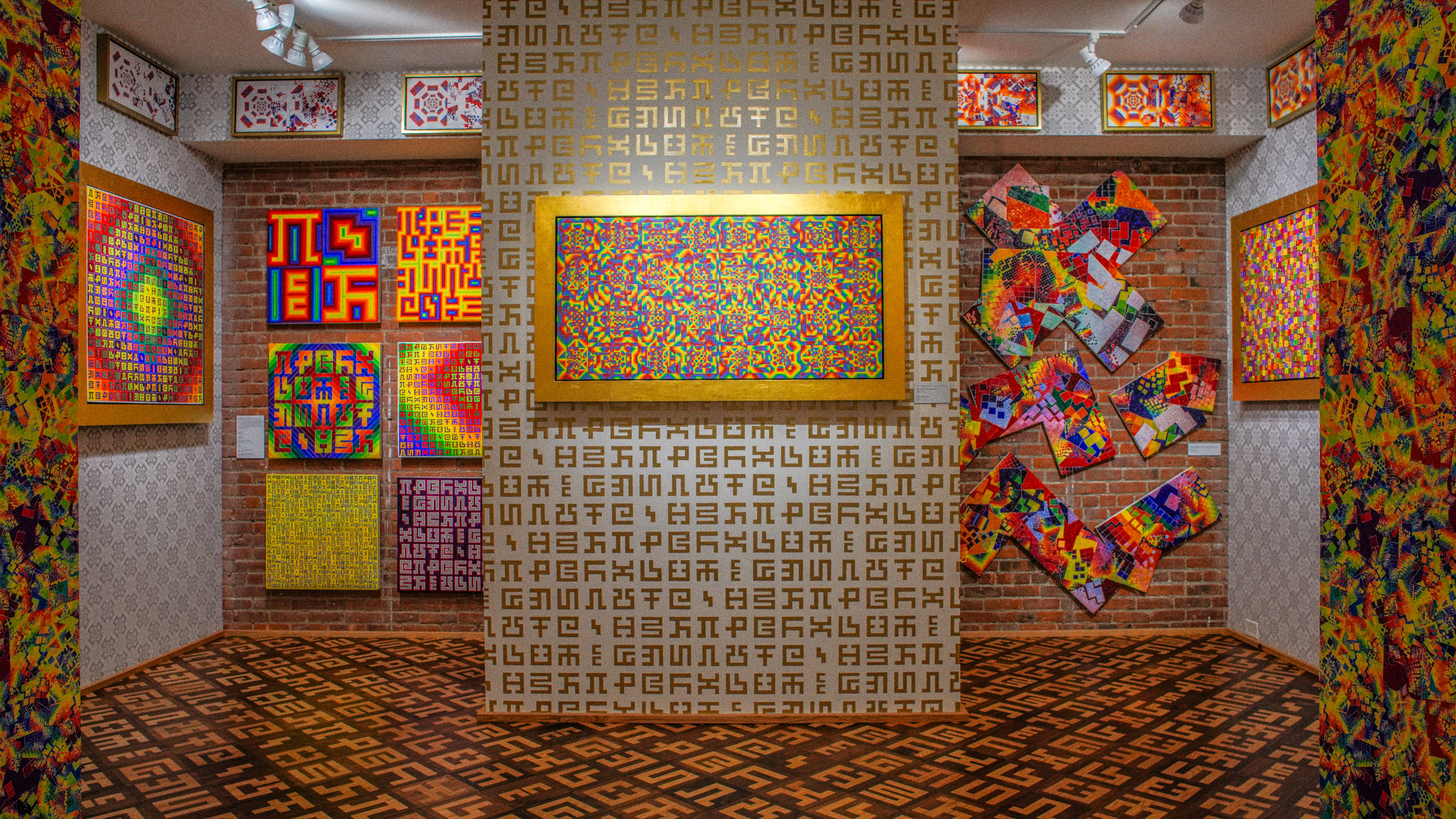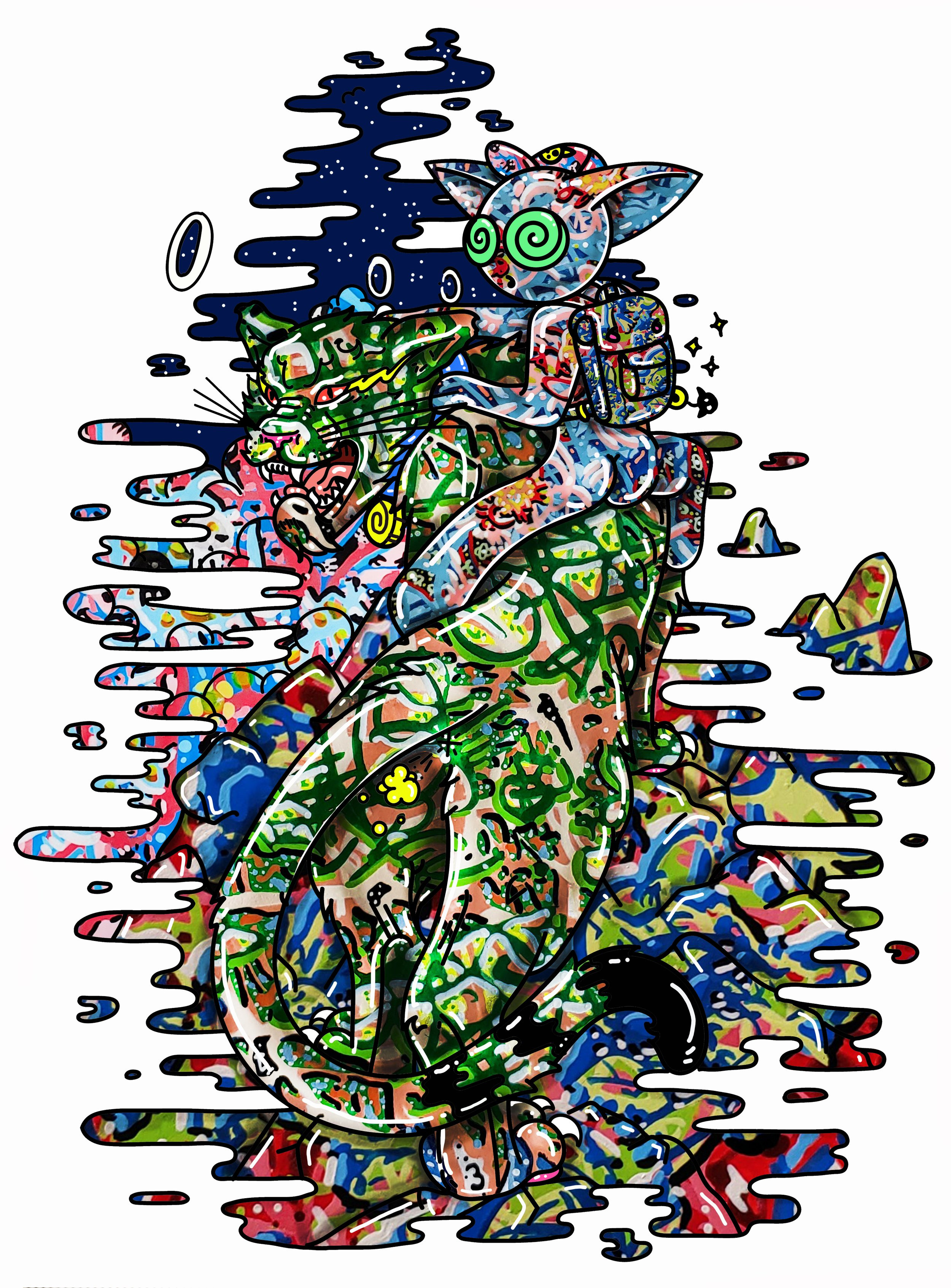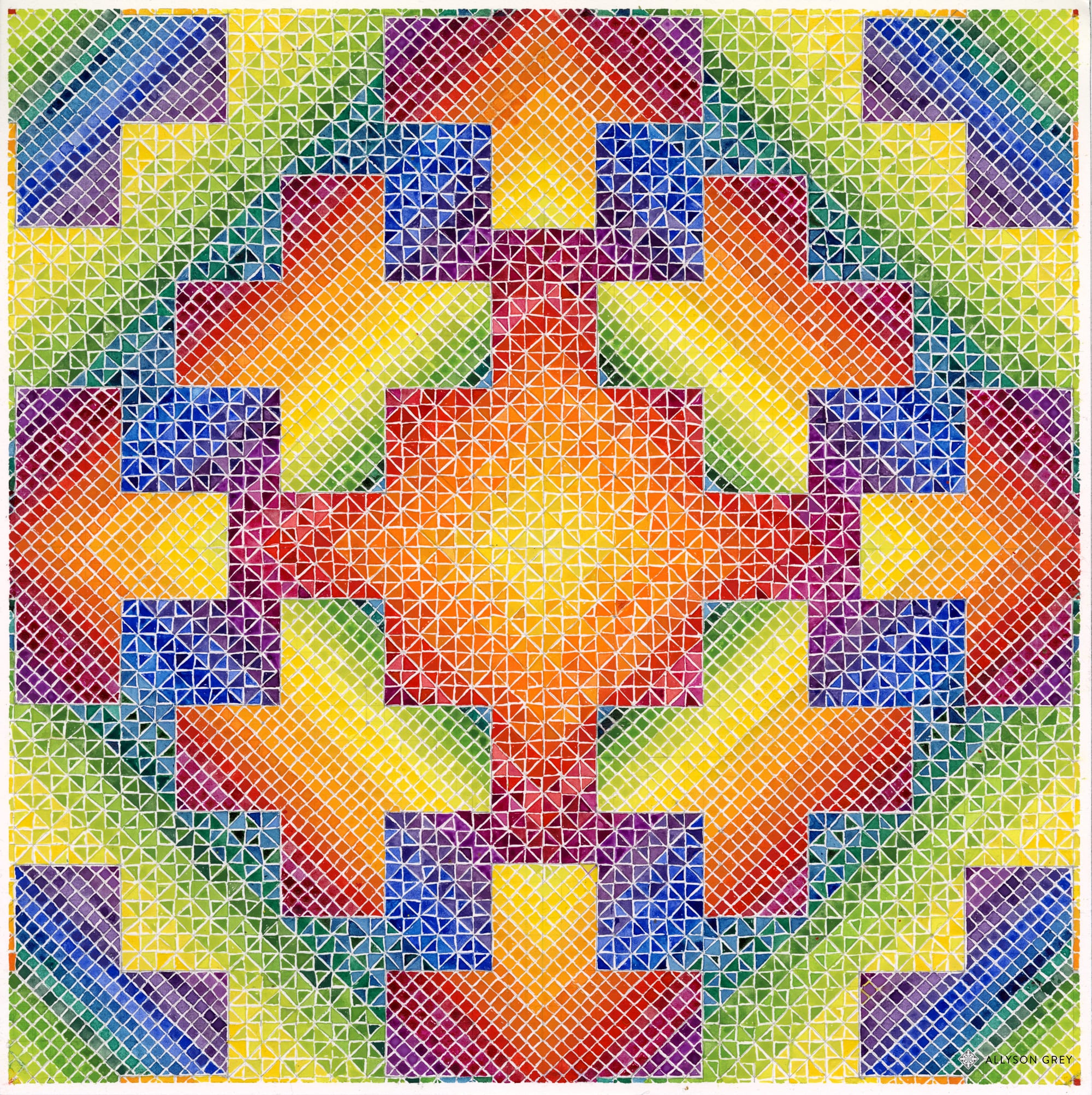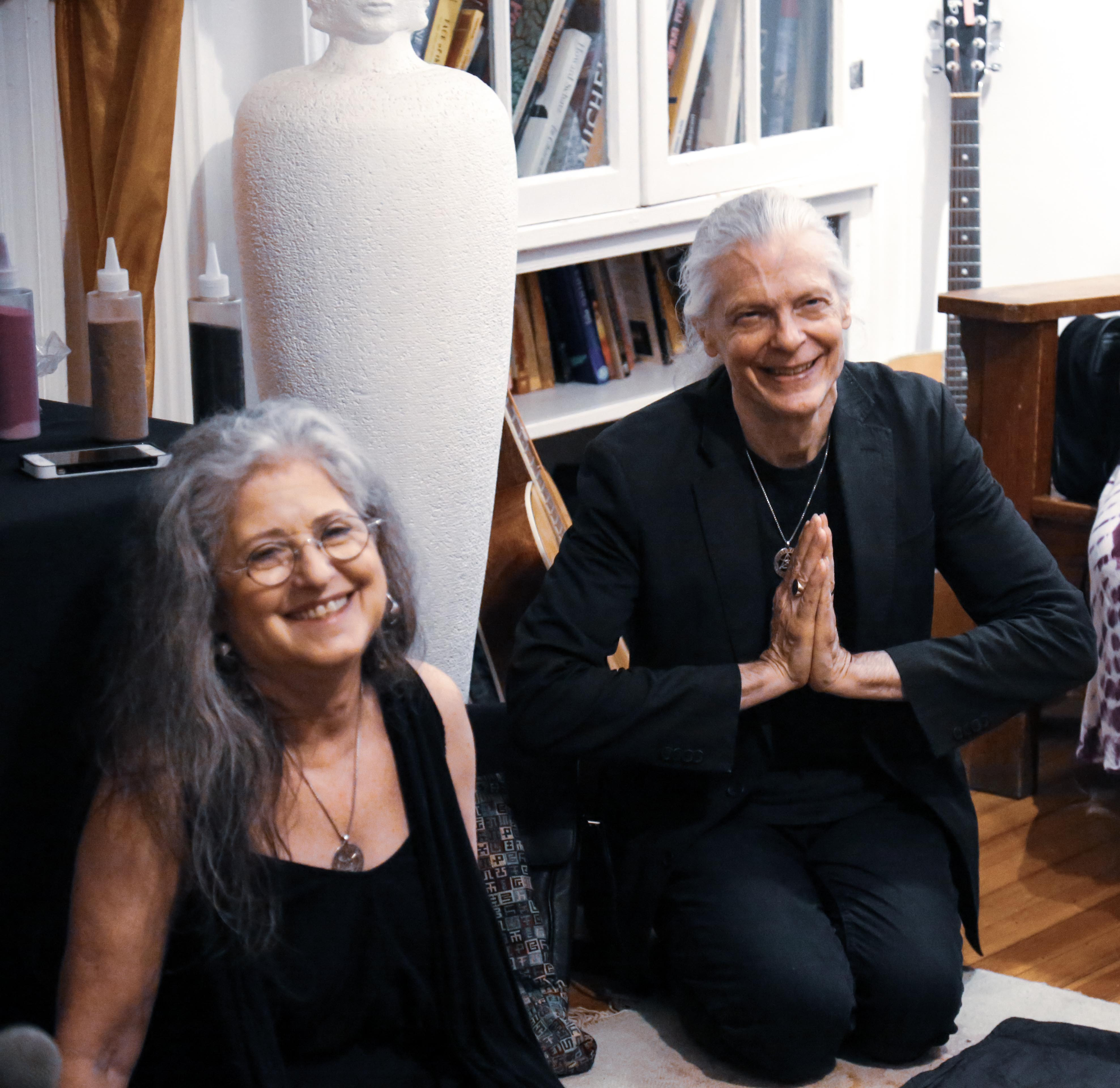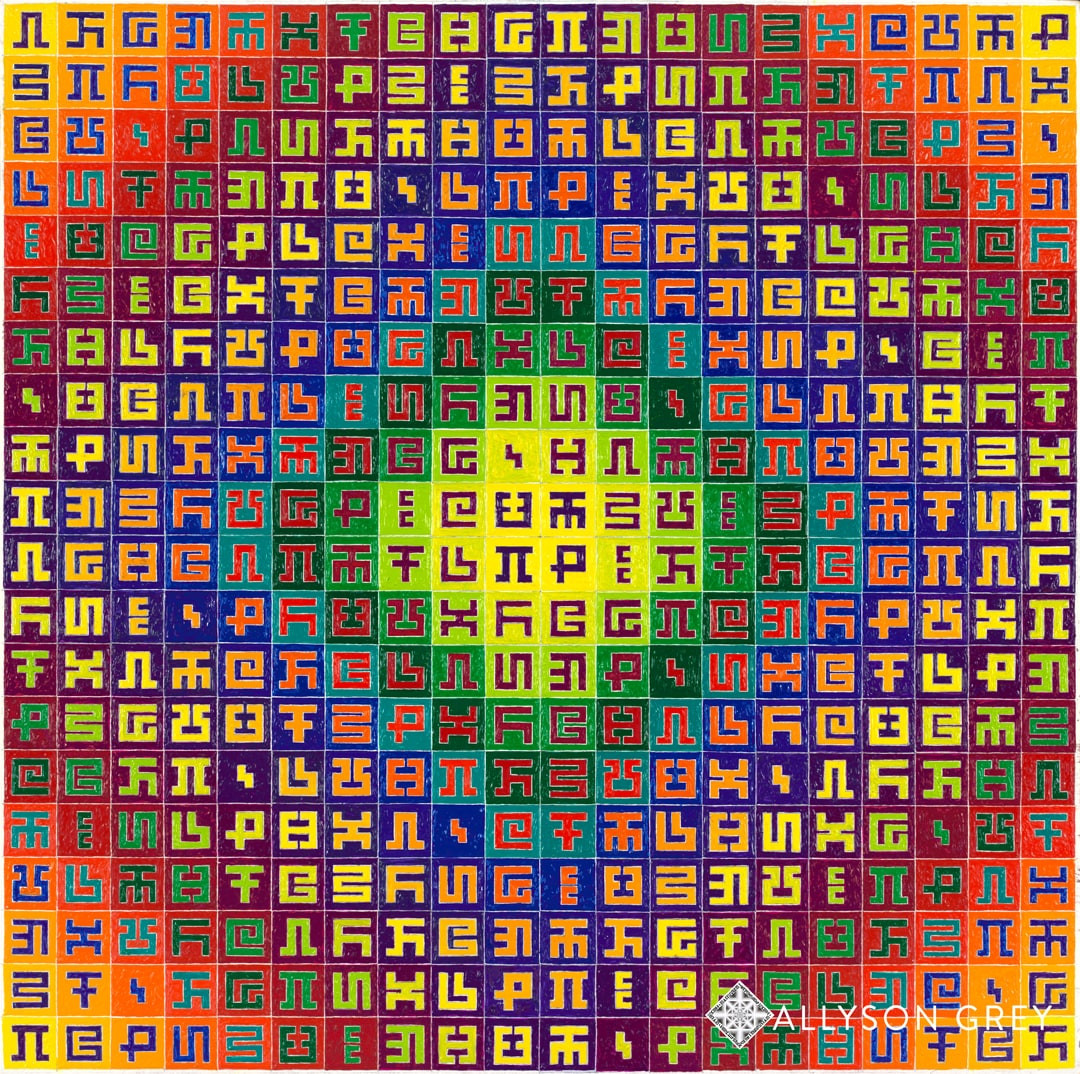Aspiring Artist
February 13, 2020
Hi Allyson,
Your art and Alex’s has inspired me to practice making art myself. Anatomy has always interested me. I’d like to draw lifelike art while still maintaining a personal style that isn’t “cartoonish.” I am perfectionistic and believe that this will become a struggle to overcome in my art journey. Being young and low on financial resources, what would you recommend in pushing myself to learn, developing a personal style and finding sources that outline the principles of art and anatomy? What tips can you offer me regarding combining spirituality with art?
- Taylor
Your art and Alex’s has inspired me to practice making art myself. Anatomy has always interested me. I’d like to draw lifelike art while still maintaining a personal style that isn’t “cartoonish.” I am perfectionistic and believe that this will become a struggle to overcome in my art journey. Being young and low on financial resources, what would you recommend in pushing myself to learn, developing a personal style and finding sources that outline the principles of art and anatomy? What tips can you offer me regarding combining spirituality with art?
- Taylor
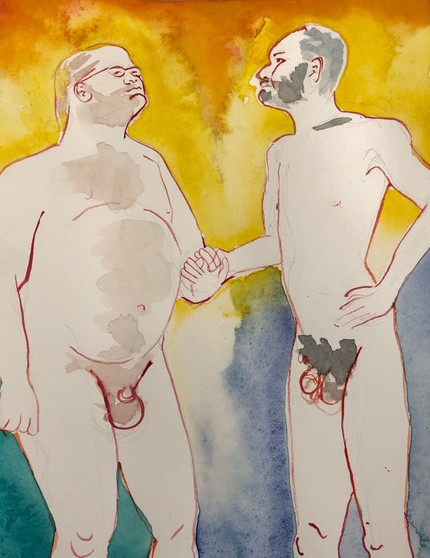
Two Men by Allyson Grey
Dear Taylor,
Thanks so much for that question which may touch many emerging artists. Being young is the perfect time to start practicing realistic drawing. Limited resources, no problem. Here are the first materials and assignments you will need: Two sketch books: One that you can carry everywhere. Alex uses a 6x9 black hard bound and fills it in a month. Have a second sketch book, a bit larger with excellent paper, for your anatomy practice and better drawings. Assignments to give yourself: Draw realism from life everyday. Draw a Self-portrait everyday. Practice live sketching — in a park, restaurant, mall... a place where people are sitting quietly. Work fast. Work with a razor point pen. Draw ketchup bottles, salt & pepper shakers and ice water while waiting at a table. Studying Anatomy Anatomy Materials: The larger sketchbook with GOOD paper. 100% rag paper will allow you to erase and bear down with your pencil on a resilient working surface. Pencils: HB (light pencil) #2B, 4B & 6B to start (darker pencils) Draw whole bones and skulls You can get whole bones from a slaughter house. May want to buy a good plastic skull (online) to draw. Many anatomy books are available today. Shop around. Anatomy books most recommended by Alex & Allyson Master Class in Figure Drawing by Robert Beverly Hale Atlas of Human Anatomy by Stephen Rogers Peck Copy every bone and figure study on every page carefully in pencil on 100% rag paper. Plan the drawing to fit nicely on the page. Design & composition counts. Shade. Draw real bones. Draw your own hands and feet and face. Truly, we can only teach ourselves to draw. Like practicing an instrument or yoga, there are no shortcuts. Daily practice will show results and practice is what it takes to draw realistically. Your greatest challenge will be persistence and motivation in maintaining a regular practice. Those who go to art school are given assignments and deadlines. With proper motivation, you can create assignments and deadlines for yourself. Alex & I both went to an academic art school where 12 hours a week of drawing was required for the first two years. Six hours of live figure drawing with live models. Six hours of object drawing and anatomy using bones and three-dimensional objects. Match that practice weekly and become capable in two to three years. Learning to draw the figure well is essential if you are determined to use the figure in your art and possibly in future paintings. Research may be needed to find live-model figure drawing in your area. A town with a college, a university or many artists may offer regular open figure drawing practice sessions, sometimes without instruction. Participants in open figure drawing sessions are often welcome to bring earphones for their personal enjoyment. Open studio figure drawing may ask participants to pay for a block of sessions or just 3 or 6 hours, to share a model with the group. Bring your supplies. Copying photographs and the drawings of other artists is good practice. Keep copies in a sketchbook and do not publish unless you took the photos. Sharing the work of other artists without permission, credit or compensation is a copyright violation. Those who practice figure and object drawing ONLY by copying photographs, tend to create results that appear flat and less than extraordinary. A trained aesthetic eye knows the difference. Do both copying and life drawing (objects and figure) for the best range of skill and style development. To embed spirituality into your drawing practice, create an evolving altar of precious objects. Draw the objects individually and in groupings. Light a candle on your altar. Write your own Artist’s Prayer to awaken your creative spirit. Say a prayer before beginning to draw and another when you are finished. Allow the altar to be a place where spirituality meets your art practice. Consider your art practice a meditation focused on the present moment in the flow. As soon as you can raise the funds, join us for an art workshop, either at CoSM or at Omega (eomega.org) where we teach the 5-day Visionary Art Intensive, this summer, July 12-17. The Visionary Art Intensive at Omega is an all-levels workshop where we explore how to manifest visions and how to effectively communicate those visions in our art. We recommend reading The Mission of Art, also available as an audio download. https://shop.cosm.org/products/the-mission-of-art-audiobook?_pos=1&_sid=3e36f192e&_ss=r We'd love to share your progress with readers of this blog. If you’d like, send pictures from your practice and get feedback. Many all-levels Visionary Art workshops are offered at CoSM year round. The "Start A Painting” workshop will likely be held again next January. Draw every week of the rest of 2020 and you’ll be ready to start a painting with us in January 2021 !
Best wishes on your creative path,
Allyson & Alex
Thanks so much for that question which may touch many emerging artists. Being young is the perfect time to start practicing realistic drawing. Limited resources, no problem. Here are the first materials and assignments you will need: Two sketch books: One that you can carry everywhere. Alex uses a 6x9 black hard bound and fills it in a month. Have a second sketch book, a bit larger with excellent paper, for your anatomy practice and better drawings. Assignments to give yourself: Draw realism from life everyday. Draw a Self-portrait everyday. Practice live sketching — in a park, restaurant, mall... a place where people are sitting quietly. Work fast. Work with a razor point pen. Draw ketchup bottles, salt & pepper shakers and ice water while waiting at a table. Studying Anatomy Anatomy Materials: The larger sketchbook with GOOD paper. 100% rag paper will allow you to erase and bear down with your pencil on a resilient working surface. Pencils: HB (light pencil) #2B, 4B & 6B to start (darker pencils) Draw whole bones and skulls You can get whole bones from a slaughter house. May want to buy a good plastic skull (online) to draw. Many anatomy books are available today. Shop around. Anatomy books most recommended by Alex & Allyson Master Class in Figure Drawing by Robert Beverly Hale Atlas of Human Anatomy by Stephen Rogers Peck Copy every bone and figure study on every page carefully in pencil on 100% rag paper. Plan the drawing to fit nicely on the page. Design & composition counts. Shade. Draw real bones. Draw your own hands and feet and face. Truly, we can only teach ourselves to draw. Like practicing an instrument or yoga, there are no shortcuts. Daily practice will show results and practice is what it takes to draw realistically. Your greatest challenge will be persistence and motivation in maintaining a regular practice. Those who go to art school are given assignments and deadlines. With proper motivation, you can create assignments and deadlines for yourself. Alex & I both went to an academic art school where 12 hours a week of drawing was required for the first two years. Six hours of live figure drawing with live models. Six hours of object drawing and anatomy using bones and three-dimensional objects. Match that practice weekly and become capable in two to three years. Learning to draw the figure well is essential if you are determined to use the figure in your art and possibly in future paintings. Research may be needed to find live-model figure drawing in your area. A town with a college, a university or many artists may offer regular open figure drawing practice sessions, sometimes without instruction. Participants in open figure drawing sessions are often welcome to bring earphones for their personal enjoyment. Open studio figure drawing may ask participants to pay for a block of sessions or just 3 or 6 hours, to share a model with the group. Bring your supplies. Copying photographs and the drawings of other artists is good practice. Keep copies in a sketchbook and do not publish unless you took the photos. Sharing the work of other artists without permission, credit or compensation is a copyright violation. Those who practice figure and object drawing ONLY by copying photographs, tend to create results that appear flat and less than extraordinary. A trained aesthetic eye knows the difference. Do both copying and life drawing (objects and figure) for the best range of skill and style development. To embed spirituality into your drawing practice, create an evolving altar of precious objects. Draw the objects individually and in groupings. Light a candle on your altar. Write your own Artist’s Prayer to awaken your creative spirit. Say a prayer before beginning to draw and another when you are finished. Allow the altar to be a place where spirituality meets your art practice. Consider your art practice a meditation focused on the present moment in the flow. As soon as you can raise the funds, join us for an art workshop, either at CoSM or at Omega (eomega.org) where we teach the 5-day Visionary Art Intensive, this summer, July 12-17. The Visionary Art Intensive at Omega is an all-levels workshop where we explore how to manifest visions and how to effectively communicate those visions in our art. We recommend reading The Mission of Art, also available as an audio download. https://shop.cosm.org/products/the-mission-of-art-audiobook?_pos=1&_sid=3e36f192e&_ss=r We'd love to share your progress with readers of this blog. If you’d like, send pictures from your practice and get feedback. Many all-levels Visionary Art workshops are offered at CoSM year round. The "Start A Painting” workshop will likely be held again next January. Draw every week of the rest of 2020 and you’ll be ready to start a painting with us in January 2021 !
Best wishes on your creative path,
Allyson & Alex
Recent Questions

